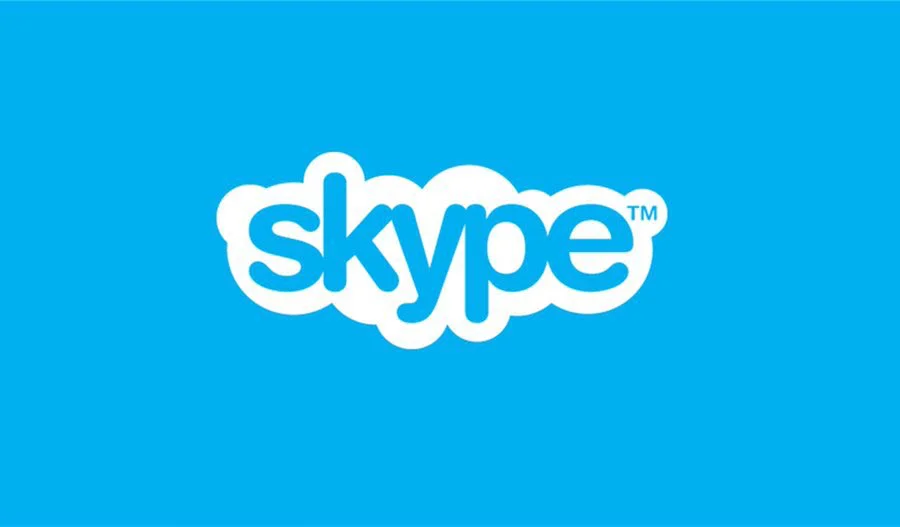Skype Shuts Down After Two Decades: A Farewell to a VoIP Pioneer

As of May 5, 2025, Skype, the iconic communication platform that revolutionized online calling and messaging, has officially shut down. Microsoft, which acquired Skype for $8.5 billion in 2011, announced the closure in February 2025, marking the end of an era for a service that once dominated the world of internet-based communication. The shutdown affects both free and paid Skype users, with Microsoft redirecting its focus to Microsoft Teams as its primary communication platform. While Skype for Business will continue temporarily, the consumer version of Skype is now a thing of the past, leaving behind a legacy of innovation and a bittersweet farewell for its loyal user base.
The Rise and Fall of Skype
Launched in 2003 by Estonian developers Janus Friis and Niklas Zennström, Skype was a trailblazer in Voice over Internet Protocol (VoIP) technology. It allowed users to make free voice and video calls over the internet, a groundbreaking concept at a time when long-distance communication was often expensive and cumbersome. Skype’s peer-to-peer architecture, combined with its user-friendly interface, quickly made it a household name. By 2010, Skype had amassed over 600 million registered users, with millions relying on it for personal and professional communication.
Microsoft’s acquisition of Skype in 2011 promised to integrate the platform into its broader ecosystem, including Windows, Office, and Xbox. However, despite early successes, Skype struggled to keep pace with emerging competitors like Zoom, WhatsApp, FaceTime, and Google Meet. The rise of mobile messaging apps and more robust enterprise solutions chipped away at Skype’s market share. Microsoft’s own pivot to Microsoft Teams, launched in 2017 as a direct competitor to Slack, further marginalized Skype, as Teams became the company’s go-to platform for both workplace and personal communication.
By 2025, Skype’s user base had dwindled significantly, and its relevance had faded in the face of more modern, feature-rich alternatives. Microsoft’s decision to sunset Skype was driven by a desire to streamline its communication offerings and focus resources on Teams, which has seen rapid adoption in both corporate and consumer markets.
What the Shutdown Means for Users
The shutdown of Skype’s consumer platform affects millions of users worldwide. Microsoft has outlined a transition plan to ease the impact, but the closure marks a definitive end to Skype as a standalone service. Here’s what users need to know:
- Migration to Microsoft Teams: Users can migrate their Skype chats, contacts, and account details to Microsoft Teams Free using their existing Skype credentials. Microsoft has provided a migration tool to facilitate this process, ensuring continuity for those who wish to continue using a Microsoft-backed platform. Teams Free offers similar features, including voice and video calls, group chats, and file sharing, though its interface and functionality differ significantly from Skype’s.
- Data Export Deadline: Skype users have until January 31, 2026, to export their chat history, media files, and other data. Microsoft has made tools available on the Skype website to download this information, but users are urged to act promptly to avoid permanent data loss.
- Paid Users and Skype Credits: For users with active Skype subscriptions or credits, Microsoft has clarified that these can be used until the end of the current billing cycle. After the shutdown, paid users can access the Skype Dial Pad through the Skype web portal or Microsoft Teams to make calls, ensuring they can utilize remaining credits or services.
- Skype for Business Continuity: While the consumer version of Skype is discontinued, Skype for Business will remain operational for the time being. Microsoft has not announced a specific end date for Skype for Business but has encouraged enterprise users to transition to Microsoft Teams for long-term support.
Why Microsoft Made the Call
Microsoft’s decision to shut down Skype reflects broader trends in the tech industry, where consolidation and competition drive companies to prioritize scalable, multi-purpose platforms. Skype’s decline can be attributed to several factors:
- Intense Competition: The communication landscape has become increasingly crowded, with platforms like Zoom excelling in video conferencing, WhatsApp dominating mobile messaging, and Discord capturing the gaming community. Skype struggled to differentiate itself in this saturated market.
- Microsoft Teams’ Dominance: Microsoft Teams has emerged as a powerhouse, offering a unified platform for workplace collaboration, video calls, and personal communication. With over 300 million monthly active users as of 2025, Teams has eclipsed Skype in both functionality and adoption.
- Aging Infrastructure: Skype’s original peer-to-peer architecture, while innovative in its time, became a liability as cloud-based solutions offered greater scalability and reliability. Microsoft’s attempts to modernize Skype, including moving it to Azure, couldn’t fully bridge the gap with newer platforms.
- Strategic Focus: By phasing out Skype, Microsoft can allocate resources to Teams, which aligns with its broader vision of integrating AI, cloud services, and productivity tools into a single ecosystem. Features like AI-powered Copilot in Teams highlight Microsoft’s commitment to innovation in this space.
The Legacy of Skype
Despite its closure, Skype’s impact on the tech world is undeniable. It democratized global communication, making it possible for families, friends, and colleagues to connect across continents without prohibitive costs. Skype introduced millions to the concept of video calling, paving the way for the Zoom-driven remote work boom and the proliferation of video-based social platforms. Its influence can be seen in virtually every modern communication app, from WhatsApp’s VoIP calls to FaceTime’s seamless integration.
Skype also played a cultural role, becoming synonymous with staying connected in the early internet era. Terms like “Skyping” entered the lexicon, and the platform was a lifeline for long-distance relationships, international businesses, and remote education. Even as its popularity waned, Skype remained a nostalgic touchstone for many users who associated it with formative moments in their digital lives.
Looking Ahead: The Future of Communication
As Skype fades into history, Microsoft Teams is positioned to carry the torch forward. Teams Free offers a viable alternative for Skype’s consumer base, while Teams’ enterprise features cater to businesses of all sizes. Microsoft’s investment in AI, including real-time translation and meeting insights, suggests that Teams will continue to evolve, potentially filling the gaps left by Skype’s departure.
For users hesitant to embrace Teams, the market offers no shortage of alternatives. Zoom remains a leader in video conferencing, while WhatsApp and Telegram dominate messaging. Discord has carved out a niche for communities and gamers, and platforms like Signal prioritize privacy. The diversity of options ensures that Skype’s absence will be felt more sentimentally than practically.
Final Thoughts
The shutdown of Skype on May 5, 2025, closes a significant chapter in the history of digital communication. For over two decades, Skype connected people across borders, broke down barriers, and set the stage for the modern era of online interaction. While its departure is a loss for those who cherished its simplicity and reliability, it also reflects the relentless pace of technological progress. As users migrate to new platforms and Microsoft doubles down on Teams, Skype’s legacy will endure as a reminder of how far we’ve come—and how a single app can change the way the world communicates.
For those looking to preserve their Skype memories, the clock is ticking. Export your data, explore Microsoft Teams, or find a new platform that suits your needs. Skype may be gone, but the connections it fostered will live on.







